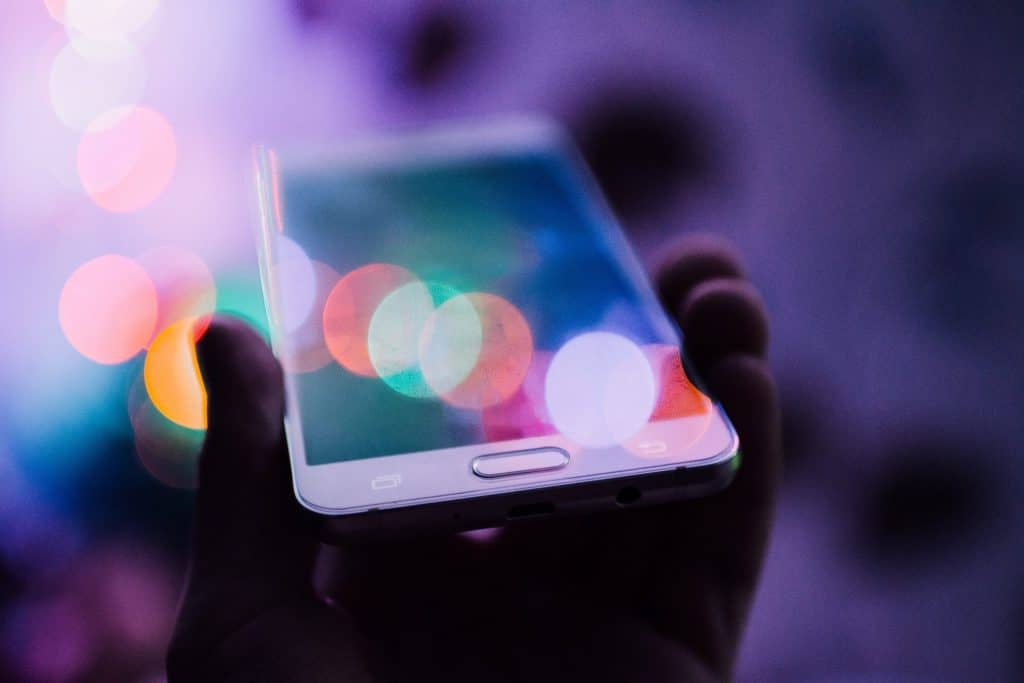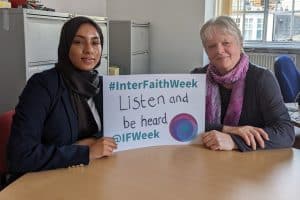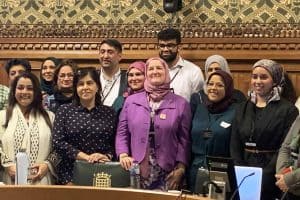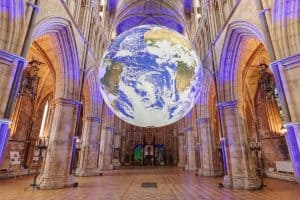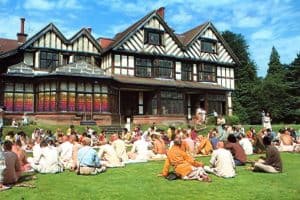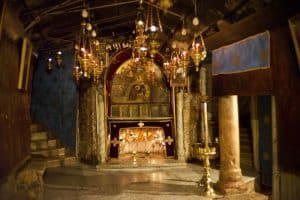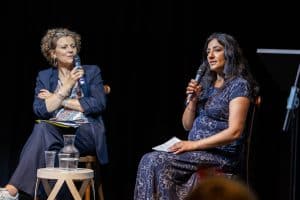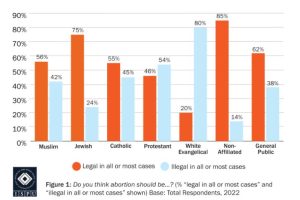By Tilak Parekh
The coronavirus has led to seismic and widespread changes across society, not least, religion.
Vivian Yee writing in The New York Times, says: “Religion is the solace of first resort for billions of people grappling with a pandemic for which scientists, presidents and the secular world seem, so far, to have few answers. With both sanitiser and leadership in short supply, dread over the coronavirus has driven the globe’s faithful even closer to religion and ritual.”
As a researcher in the field of religion and anthropology and specialising in Hinduism, I have witnessed substantial changes and innovations in how Hinduism is lived and practised in contemporary Britain since the coronavirus lockdown.
In what follows, I consider the Shri Swaminarayan Mandir in London, part of the Bochasanwasi Shri Akshar Purushottam Swaminarayan Sanstha (BAPS) organisation and commonly known as the Neasden Temple, as a case study.
It was the first traditional Hindu temple built in the western world and has arguably become a symbol of Hinduism across Europe.
I have interviewed 15 congregation members over the past weeks through Skype and have conducted some basic digital ethnography by viewing the temple’s social media accounts and live streams.
Temple closure
As the sociologist Emile Durkheim and many other scholars of religion, sociology, and anthropology have noted, religion is a phenomenon of social cohesion.
Every weekend, the Neasden Temple hosts a congregation of almost 3,000 devotees and receives thousands of visitors throughout the week. On 5 March, early on during the crisis, the temple made the decision to suspend all events and then from 13 March to close completely in the interest of public health and safety.
For devotees it was a significant move that has altered their religious lives. A 24-year-old devotee reflected, “Since I was born, I have been coming to mandir [temple] every single Saturday. Saturdays from 5pm to 9pm were blocked off for my devotional rituals, discussion seminars, assemblies and of course a great meal at mandir! It has become a central part of my life. For it to be shut completely is very sad, but it makes sense because of the virus.”
Her comments reflect the important role places of worship play for believers, even young believers, and the ramifications of its closure. Members have emphasised how they are regularly staying connected through social media apps such as WhatsApp, showing how in times of social distancing and self-isolation, the social dimension to religion still remains as powerful as ever.
Digital religion
The internet, smartphones, and mobile applications shape the way we communicate, interact, and live our lives. Religion has not been exempt from this steamroller of digital media, and several studies explore the dense and dynamic intersections between the two.
But particularly during this pandemic, the intersection between digital media and religion has become vital to keeping religious practices alive.
The Neasden Temple swiftly decided to livestream its religious assemblies every weekend and thousands have been tuning in, according to viewing figures on YouTube. These assemblies comprise hymns and prayers as well as a presentation on Hindu beliefs, ethics and values. Three separate webcasts are broadcast: one for children, a second for youth, and a third for over-40s.
A 33-year-old congregation member remarked: “These online webcasts of the sabhas [assemblies] have been amazing. I miss going to mandir in person, but it’s amazing that I can get my weekly spiritual nourishment through these webcasts. The best part is that my two children can engage in the children’s assembly on Sundays. With schools closed, the webcast from the mandir is brilliant for them! The special Mother’s Day programme for mums and young children was so much fun.
“I was impressed how, even virtually, they could make it interactive and so engaging. It just goes to show how technology can be used for so much good!”
Alongside such religious assemblies, devotional rituals are central to temple life. Devotees usually congregate at their local temple for the arti ceremony, a 20-minute devotion offered five times a day, involving prayers sung and said in a “ceremony of light”, with lights passed round the congregation. However, temple closures across the country mean that devotees can no longer attend these. The main temple in Neasden has therefore initiated a daily live broadcast from the temple, from 6.45pm to 7.30pm.
The broadcast begins with a short reading, followed by a 15-minute ritual led by the swami (teacher). After the ceremony, the head sadhu (priest) of the temple announces the key news of the day alongside public health information in Gujarati, which is then followed by a prayer for all those affected by the virus.
A common thread throughout all my interviews was that in these unprecedented and difficult times, engaging in this ritual has helped keep devotees in good spirits and that the efficacy of the devotional ritual has not been reduced by being presented online. Interestingly, devotees reported that the social and collective dimension of the ritual has in fact been enhanced through these webcasts. Although there will only be a single family in a room conducting the online ritual, practitioners say they are experiencing a sense of solidarity alongside the thousands of other devotees participating in the same “digital room”.
Although our case study here has been the Neasden Temple, such a drive to conduct “online Hinduism” during this pandemic can be witnessed in many other prominent Hindu traditions as well. For example, the Bhaktivedanta Manor temple of the Hare Krishna tradition in Watford and the Parmarth Niketan Ashram on the banks of the Ganges in Rishikesh, India, are both streaming various rituals, prayers and scriptural readings on a daily basis.
While a mala (rosary), a murti (sacred image), and an arti candle are sacred tools for Hindus, this pandemic has made phones, laptops, and mobile applications necessary sacred tools that not only facilitate, but are indeed a lifeline for religious practices. Technology, which has been perceived as secular and even detrimental by some orthodox believers, is now sacred.
Tilak Parekh completed his BA in theology and religion at Oxford and MPhil at Cambridge. He is now pursuing an MSc in social and cultural anthropology at University College London and will be starting a PhD in Cambridge this year. This was first published on the UCL Medical Anthropology website and is republished by kind permission

